June 20th is World Refugee Day, and the plight of refugees is on many hearts and minds these days. The resettlement of refugees continues to enrich, shape and diversify many American communities. Often we forget that refugees face new obstacles once they reach these safe havens: how are they supposed to communicate and build a life in this strange, new place?
A common barrier that refugees and immigrants encounter is access to a safe, anxiety-free place to learn English. It’s easy for us to say, “Practice makes perfect!” in regard to learning a new language, but imagine trying to buy groceries when you can’t follow the aisle signs, read the labels on packaging or even understand the cashier. Everyday tasks like shopping become so stressful that people are afraid to leave their homes. This lack of confidence leads many immigrants and refugees to rely on their children to interpret for them, disrupting the balance of childhood and adulthood within the family. It’s extremely easy to become isolated and disheartened by language.
St. Louis English Education Program
Immigrant & Refugee Women’s Program (IRWP) is a small, local agency in St. Louis, Missouri, that understands this problem well. For over 20 years, we have connected volunteer teachers with local immigrants and refugees, so these newcomers can practice English in the comfort of their own homes. Volunteers work with students based on their goals, helping them achieve their personal American dream and feel a part of a new community.
What does this look like in practice? It’s different for everyone. While we have a standard curriculum, it is often tweaked to meet the needs of each student. IRWP has students who have either never been to school, who have only had very limited primary education, or who have missed crucial years while being on the move between countries or from living in unsafe areas. Many have never been literate in any language. Learning the idiosyncrasies of English is obviously a slower process for these folks. So we start with the basics by teaching the alphabet and simple phonics, writing their name and address, learning simple greetings and numbers, and then we move on from there—all in English.
On the other end of the spectrum, we have students who were highly educated professionals back home. Often advanced degrees are lost in translation; a doctor from the Dominican Republic might be cleaning houses in the United States because her certification does not meet American standards. These students have, in a sense, lost their identities. Often the volunteer teacher will play the cheerleader, boosting morale by reminding the student he or she can start over. Since the core concepts of literacy and study in general are more ingrained, these students tend to learn English faster. These are the students that keep us on the hunt for exciting new materials to teach intermediate-level grammar and reading comprehension.

Still, many students don’t often fall into one category or the other. A student who has a high school-level education and is familiar with the Roman letter system can struggle with phonics and spelling more than one who is learning the letters for the first time. Some students can sound out any word you put in front of them but have zero comprehension of its meaning. Another might speak two or more native languages and even English fluently, but can’t write their own name. Whatever the case, IRWP will use our arsenal of textbooks, flashcards and audio supplements to help a student reach proficiency in whatever literacy area they struggle with most.
We have found that one last key to building success with our students is to involve their children in the process. Our students often struggle with not helping their children with their school work. We offer children’s books to our students so they can read with their children and foster a love of reading at home. Before you know it, they can understand their children’s homework and participate in parent-teacher conferences.
We teach English, but our purpose goes beyond language. We want to connect these isolated immigrants and refugees with a friend—someone who will not pass judgement on grammar mistakes, who can explain why “c” sounds different in this word from that word, and who can remind them just how far they’ve come.
Helping English Language Learners of All Ages
What can you do to help these English language learners? If you have time to volunteer, check out programs in your community that can connect you to adults or children struggling with language skills. If you can’t volunteer, donating children’s books, educational materials, or school supplies is a great way to show support. The opportunities to bring the dream of education to immigrants and refugees are everywhere and their needs are growing. All you have to do is look.


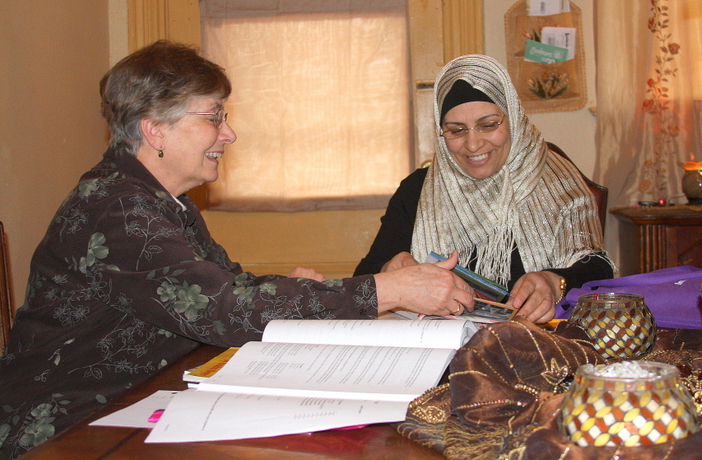
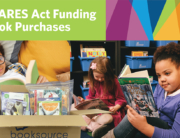
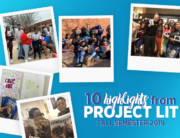
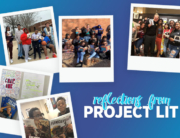
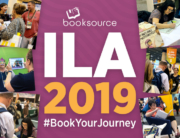

Leave A Comment